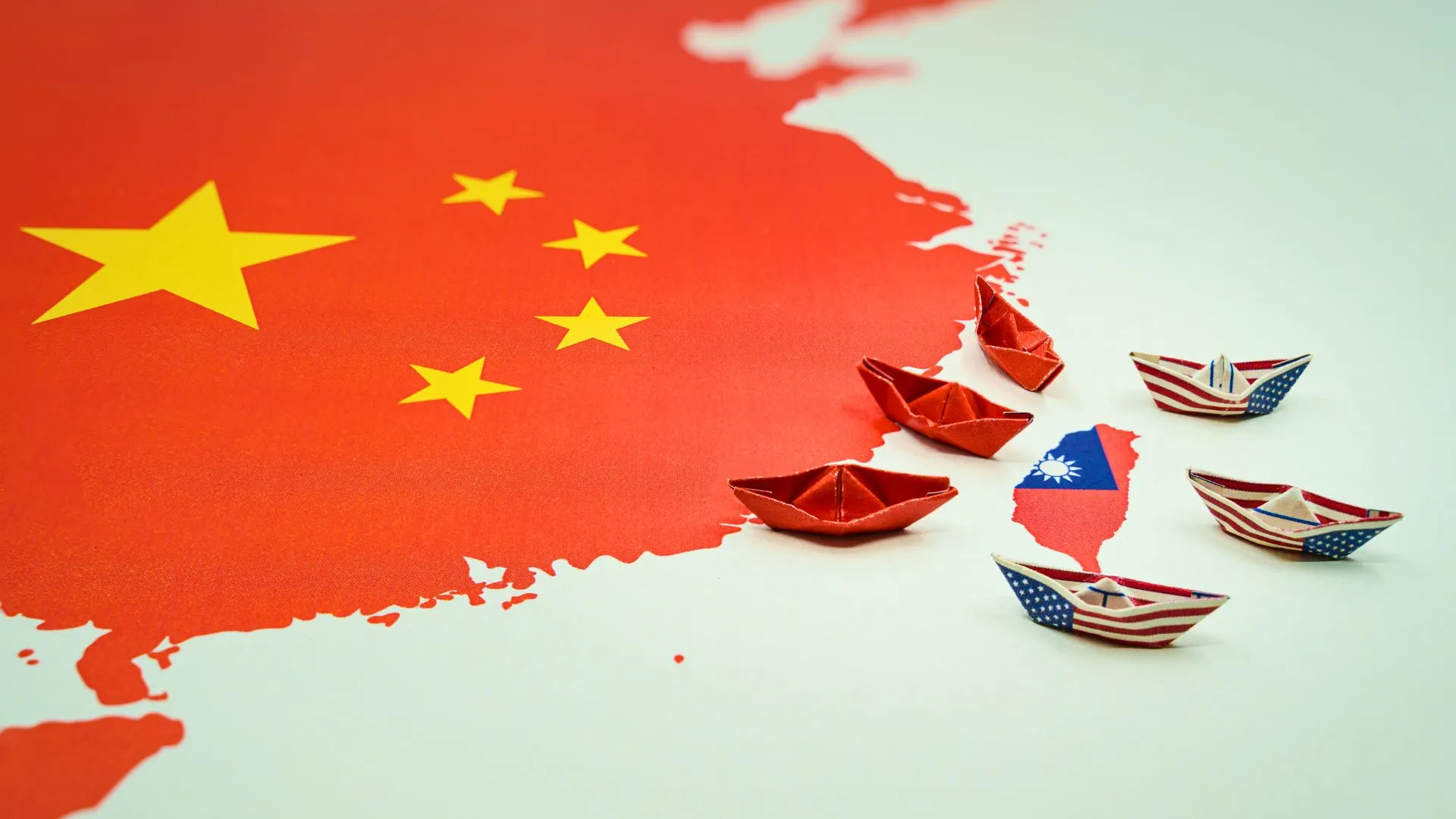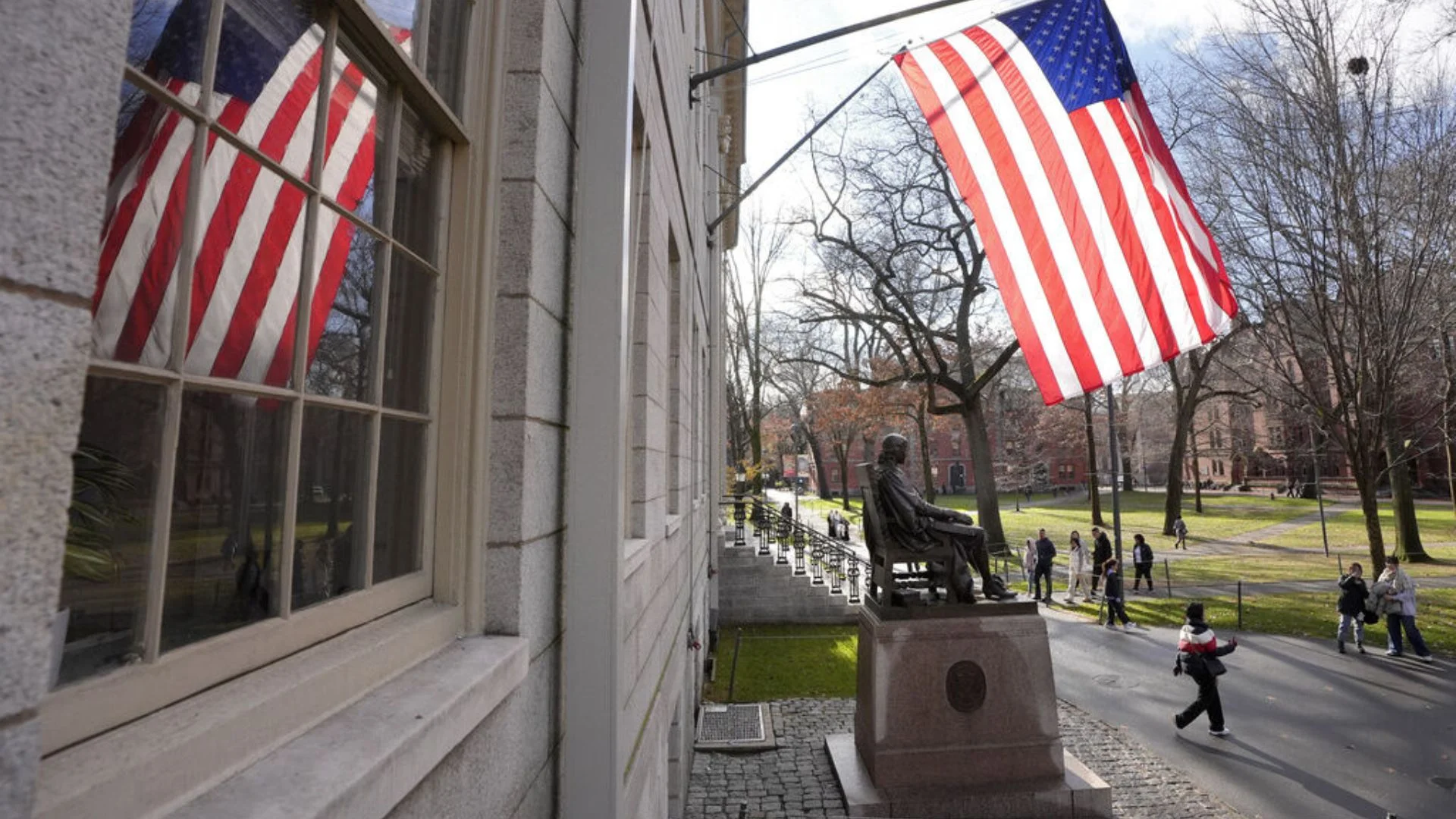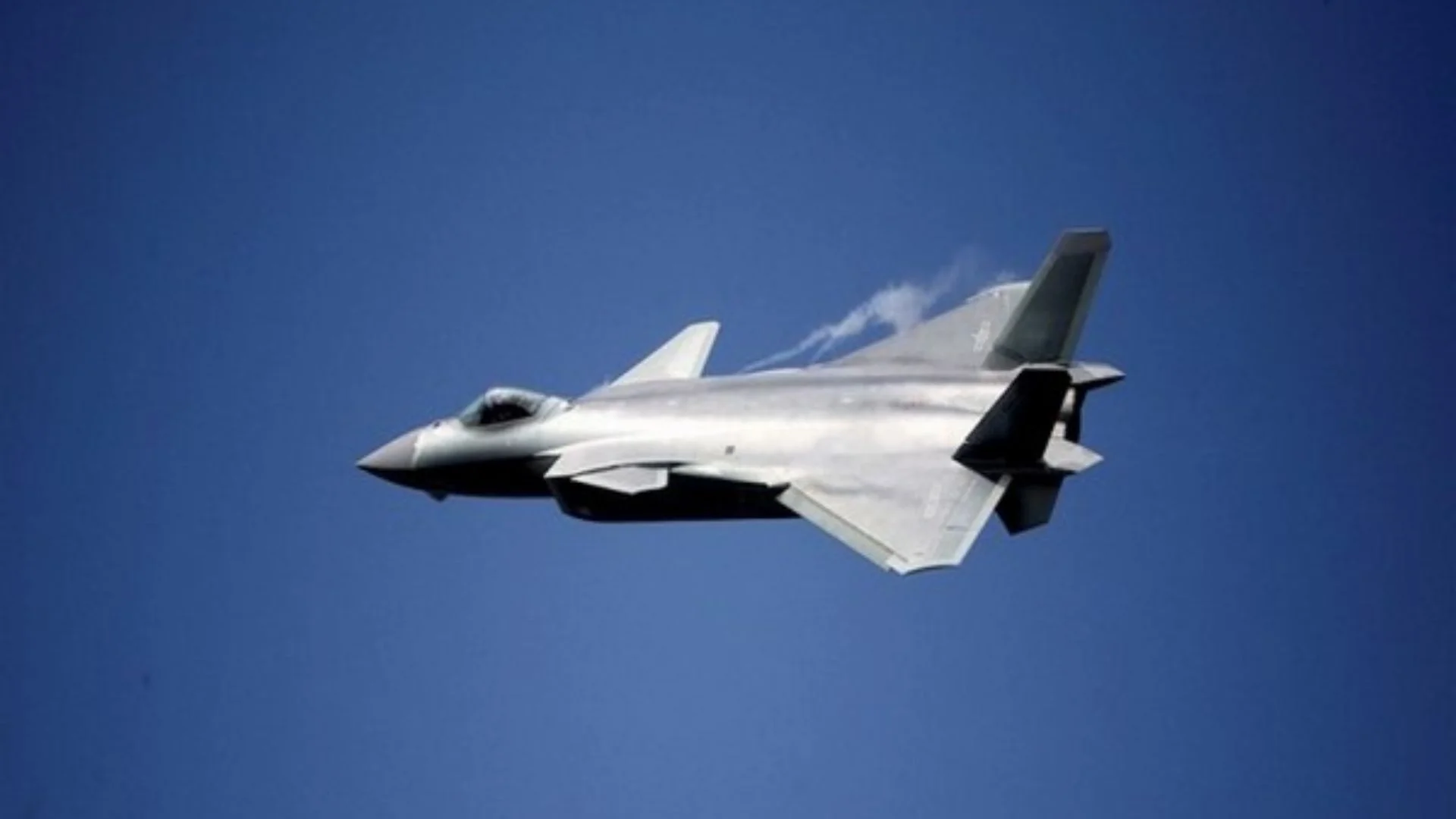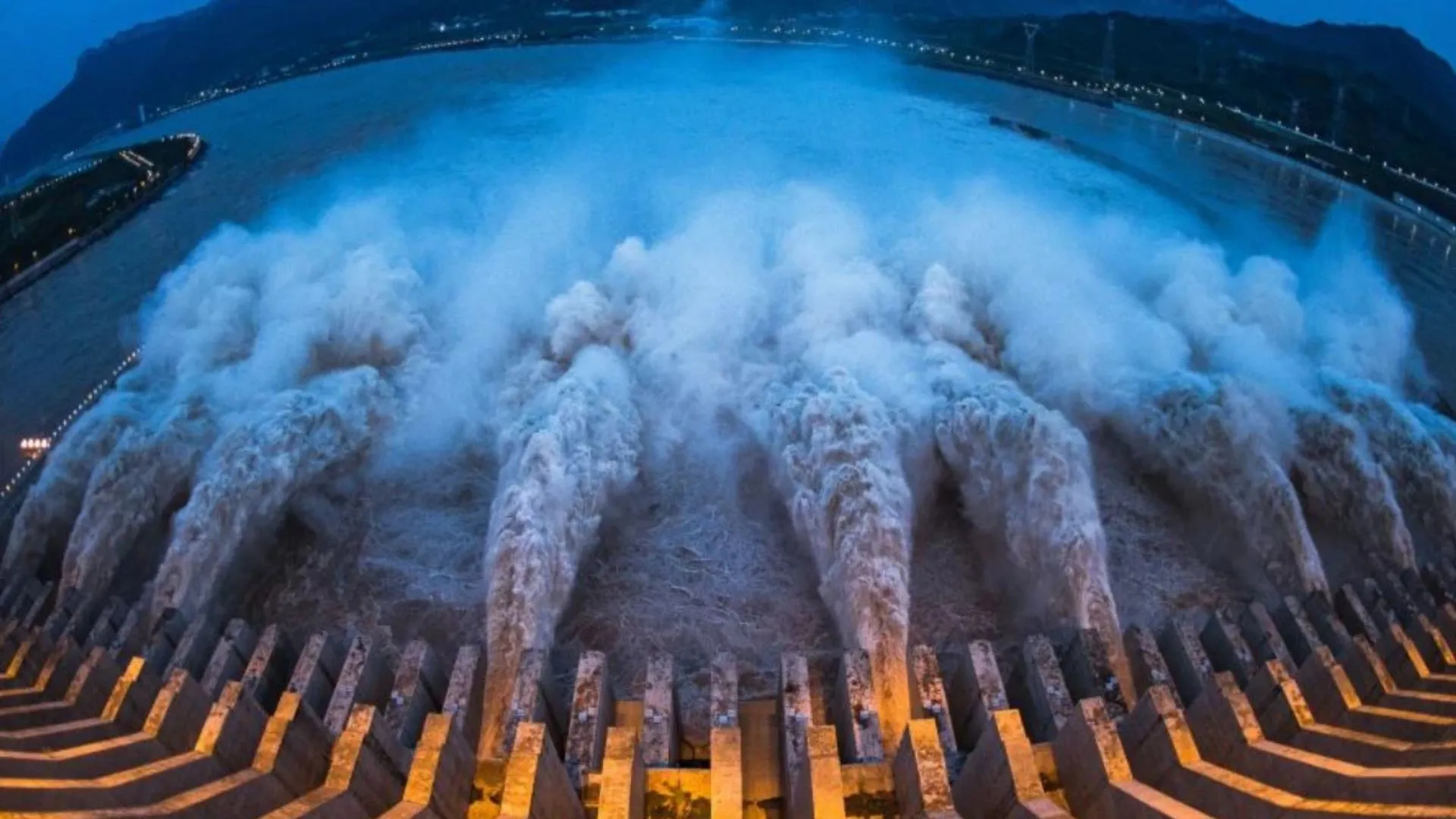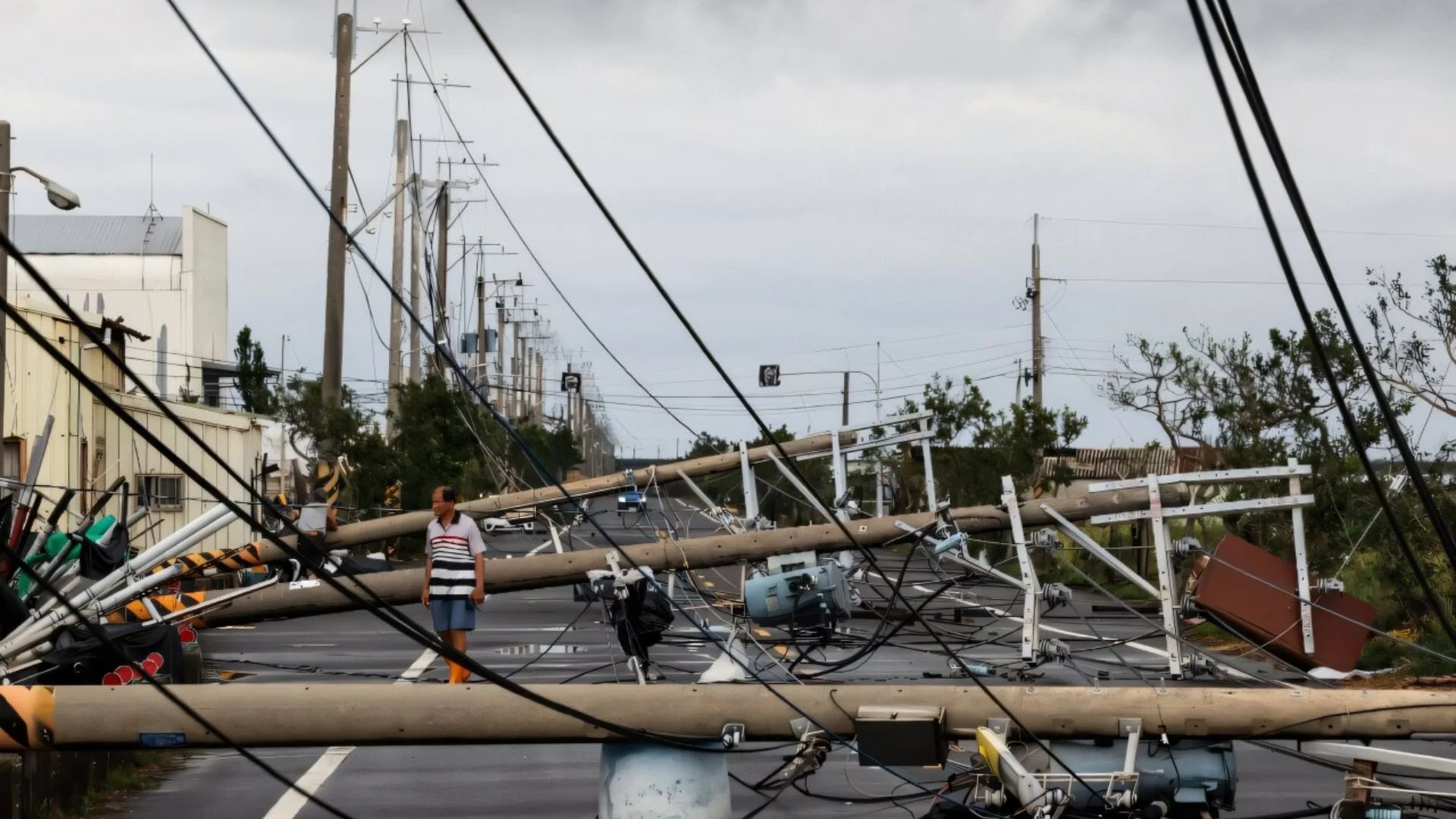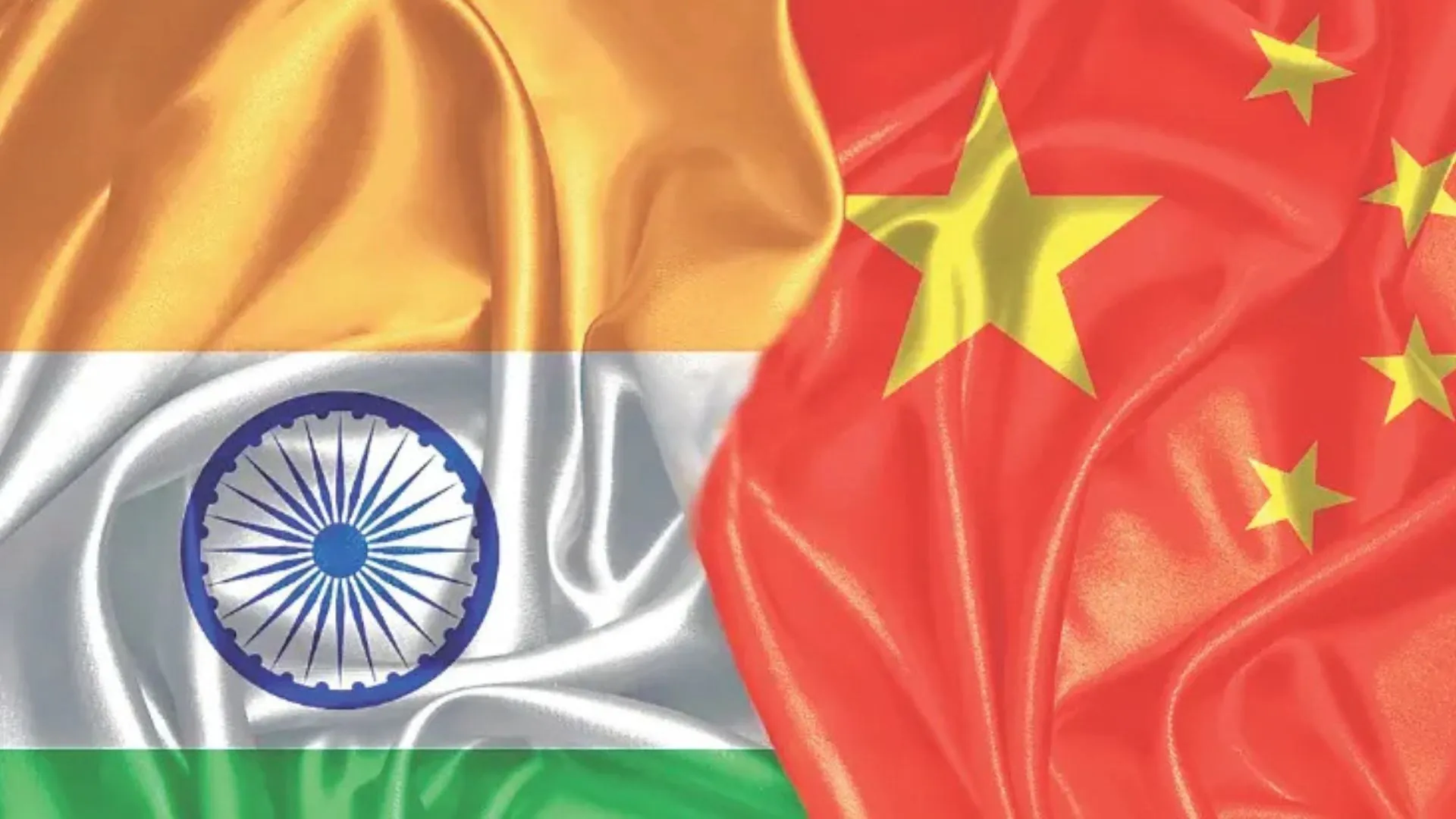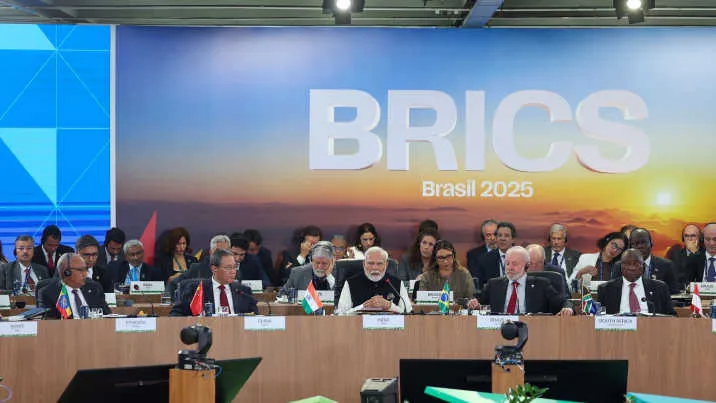Tensions over Taiwan have risen sharply as China intensifies its military pressure on the island. Unlike previous years when it used force sporadically, China’s military—particularly the People’s Liberation Army (PLA)—now maintains continuous operations targeting Taiwan. The PLA operates with growing speed and coordination, ranging from psychological warfare to full-scale combat readiness.
In response, the United States has increased troop deployments across the region to counter China’s rising threat. Taiwan’s pivotal location at the heart of this escalating rivalry raises the stakes for a broader Pacific crisis.
China’s Increasing Military Pressure on Taiwan
China has ramped up its military flights off Taiwan to levels never before seen. Warplanes now penetrate Taiwan’s Air Defence Identification Zone (ADIZ) more than 245 times a month, up from fewer than 10 five years ago. Most planes also traverse the Taiwan Strait’s median, previously a revered border. The PLA Navy, with sophisticated Type 052D warships, regularly patrols major sea lanes such as Miyako Strait and Bashi Channel.
Such measures show readiness for larger Pacific operations and attempts to blockade Taiwan in the event of war. China’s amphibious forces have brigades stationed close to Taiwan that are ready to move swiftly, and they regularly practice with cutting-edge weaponry.
US Bolsters Regional Deterrence
The US has bolstered its Pacific military strategy in turn. It sent anti-ship missile launchers to the Philippines’ Batan Island, strategically located close to Taiwan. The deployment gives the Pentagon added capability to curtail Chinese naval operations on key sea lanes.
Conducted joint military maneuvers, like Balikatan, have been extended to replicate full-scale war missions with thousands of US and Filipino soldiers with Japanese and Australian observers. The exercises are intended to discourage Chinese aggression and assure regional partners, although Beijing denounces them as inciting.
Challenges in China’s Military Modernisation
Although experiencing quick upgrades, China’s PLA continues to have its challenges. Reforms by Xi Jinping enhanced joint operations and flexibility but consume the bulk of the PLA’s time in political control and ideological training, reducing combat readiness.
Corruption and the lack of competent personnel also hinder optimum utilization of advanced equipment. US intelligence puts China’s target at having full invasion capability by 2027, although some predict it could be close already.
The Risk of Accidental Conflict
The armed expansion increases the risk of accidental confrontations. The two sides stage combat training close to disputed waters, making boundaries between exercise and preparing for war ambiguous. A miscalculation, like an aircraft flying into closed airspace, would trigger a deep conflict.
Analysts say this development has placed Taiwan as the most volatile hotbed of US-China relations.
Taiwan’s Defensive Measures
Taiwan has reacted firmly. It lengthened compulsory military service to a year and reoriented training on asymmetric warfare. The island is heavily investing in drones, mobile radars, and advanced air defence to meet the rising threat.
The continuing build-up by China and the US along with Taiwan’s determination makes for an unstable balance. The neighbourhood hopes for peace but readies itself for the worst.

